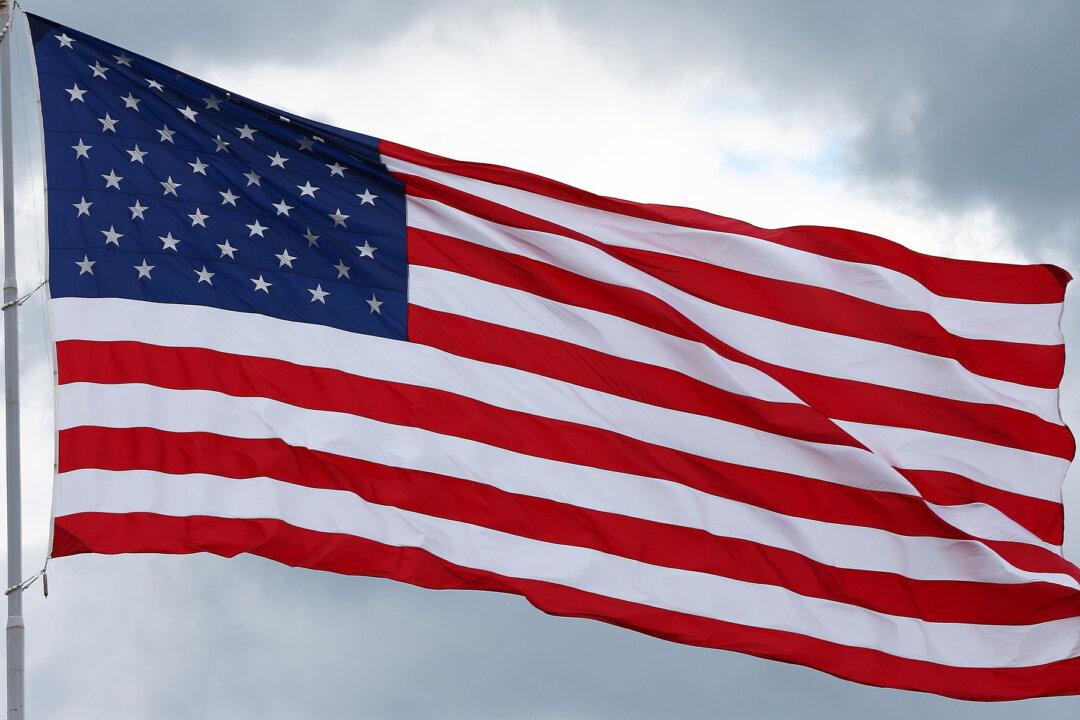Commentary
“The flag should never touch the ground.” “It must be destroyed in a dignified manner when it is no longer in fit condition to display.” I learned these basic rules for respectful treatment of the American flag from my parents as a young child, but I didn’t know how these customs originated. During the Golden Era of Hollywood, films had standards of decency in terms of what content was shown onscreen. Neither of these high standards was an accident. The first was a result of the Flag Code and the second a result of the Motion Picture Production Code.





